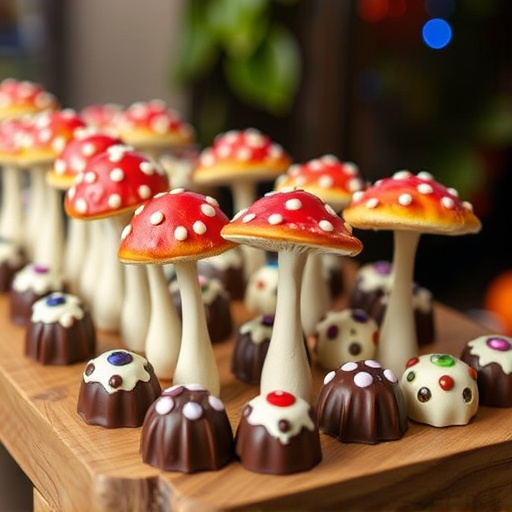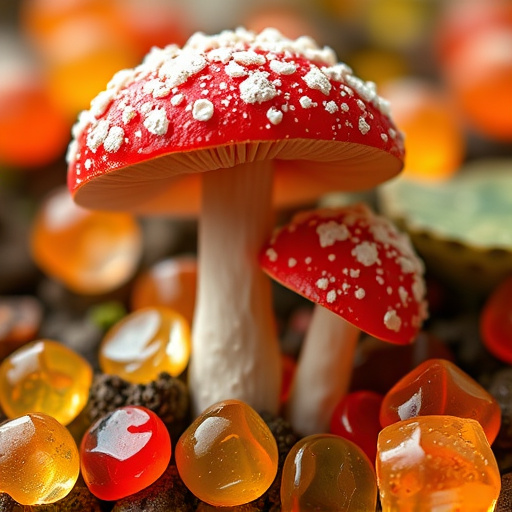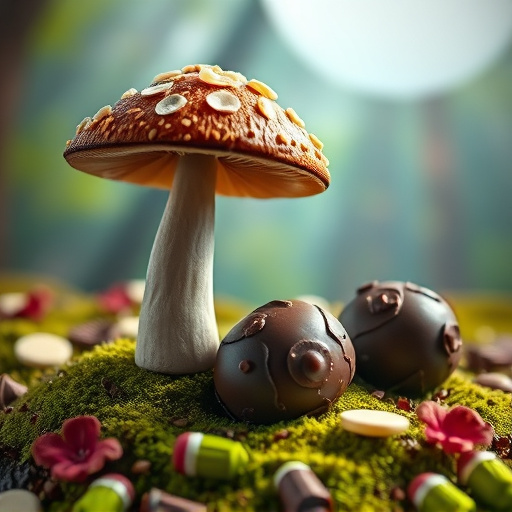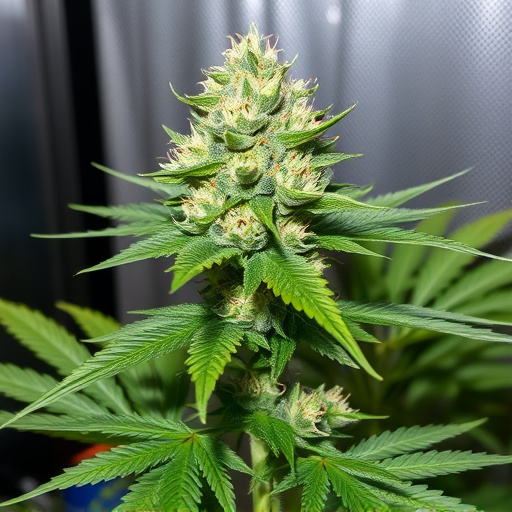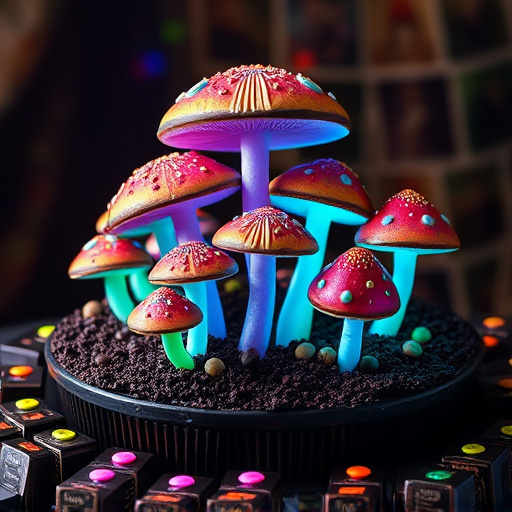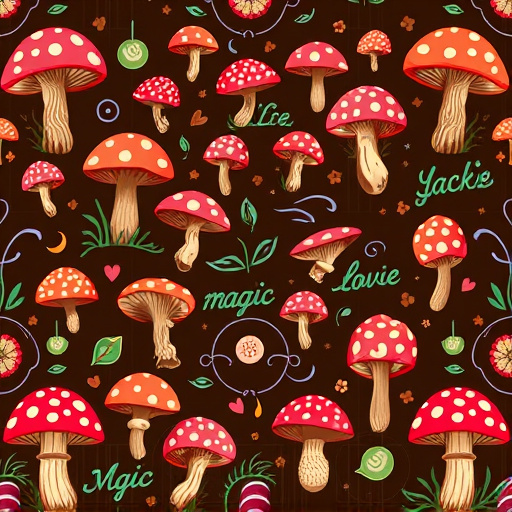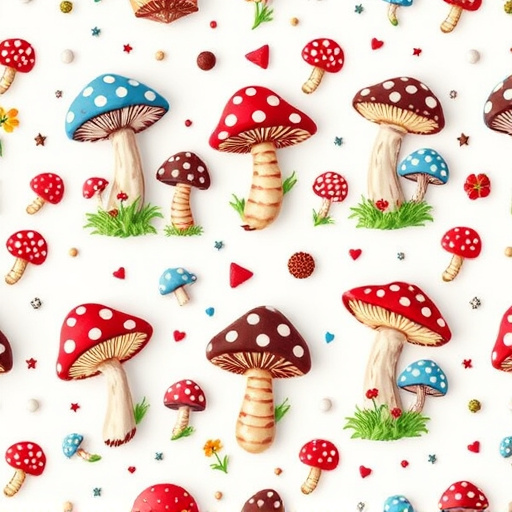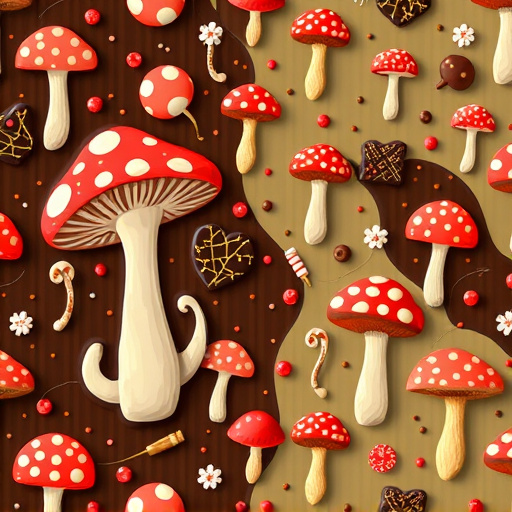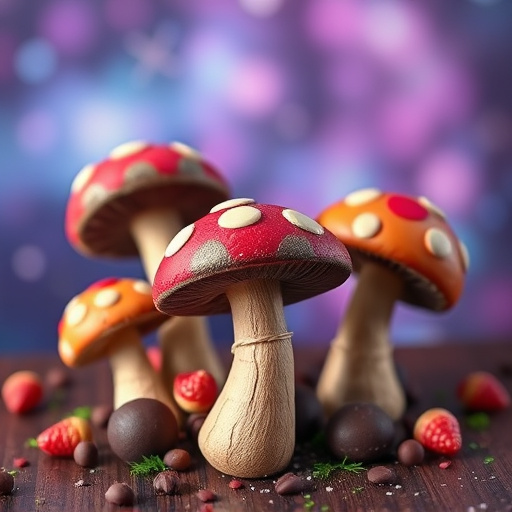The history of magic mushroom chocolates combines ancient cultural practices with modern culinary innovation. Indigenous cultures like the Maya and Aztecs revered psilocybin mushrooms for their spiritual and medicinal properties, which spread globally through trade. In recent times, there's a surge in interest for high-potency magic mushroom chocolates as therapeutic products, primarily in legal markets across North America, Europe, and parts of Latin America. These chocolates, crafted through sophisticated cultivation methods, offer controlled dosages for safe consumption, with effects varying widely among individuals based on dosage and context.
Discover the enchanting world of high-potency magic mushroom chocolates—a modern twist on an ancient practice. This article takes you on a historical journey, exploring the origins of these mystical treats and their evolving popularity. We delve into the understanding of magic mushroom usage and effects, offering insights into their unique properties. Additionally, we uncover the current landscape, including production methods, legality, and diverse popular forms. Unravel the secrets behind this captivating fusion of folklore and modern gastronomy.
- A Historical Journey: The Origins of Magic Mushroom Chocolates
- Understanding the Usage and Effects: What Do They Do?
- The Current Landscape: Production, Legality, and Popular Forms
A Historical Journey: The Origins of Magic Mushroom Chocolates
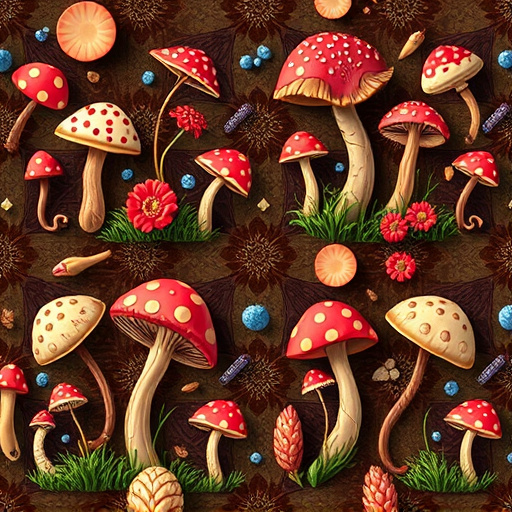
The history of magic mushroom chocolates is a fascinating journey that intertwines with the exploration and cultural significance of both cacao and psychotropic fungi. The concept of infusing chocolate with psychedelic properties has roots in ancient civilizations like the Maya and Aztecs, who used mushrooms for their medicinal and spiritual qualities. These early cultures would often incorporate mushrooms into rituals, believing they facilitated communication with the spirit world and brought about altered states of consciousness.
Over time, as global trade expanded, the practice of combining mushrooms and chocolate evolved. European explorers encountered these practices in the Americas and brought back not only cacao but also knowledge of indigenous mushroom species. During the 20th century, interest in psychedelic exploration grew, particularly in counterculture movements. This resurgence sparked curiosity about the potential benefits and experiences offered by mushroom-infused chocolates, leading to modern innovations that blend traditional practices with contemporary culinary techniques.
Understanding the Usage and Effects: What Do They Do?
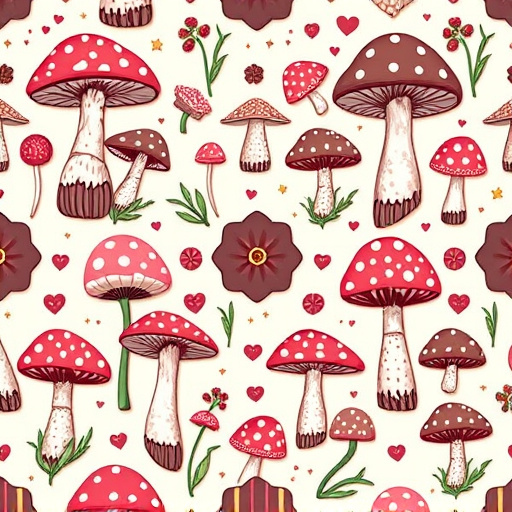
The history of magic mushroom chocolates begins with the exploration of psilocybin, the active compound found in certain types of mushrooms. For centuries, indigenous cultures have used these mushrooms for their medicinal and spiritual properties. However, it’s only recently that modern science has started to understand the effects of psilocybin on the human mind. Magic mushroom chocolates encapsulate this compound in a delicious form, offering a unique way to experience its benefits.
These chocolates are designed to provide a controlled dose of psilocybin, allowing users to potentially experience altered states of consciousness, enhanced creativity, and deeper emotional connections. Unlike traditional methods of consuming mushrooms, chocolate forms offer a more palatable and accessible way for those interested in exploring psychedelic experiences. The effects can vary greatly among individuals, influenced by factors like dosage, setting, and personal expectations. Understanding these variables is crucial for anyone considering the usage of magic mushroom chocolates to ensure a safe and positive experience.
The Current Landscape: Production, Legality, and Popular Forms
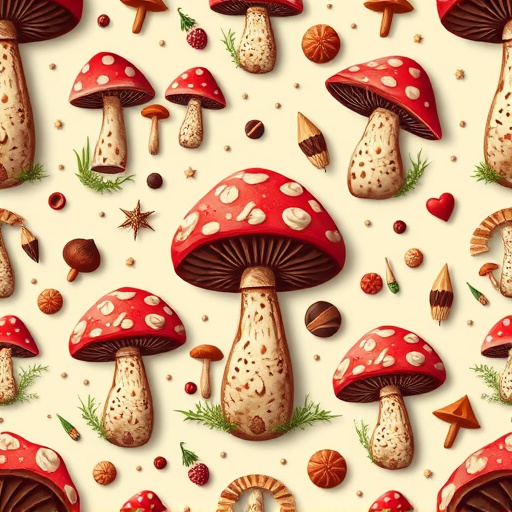
The history of magic mushroom chocolates usage dates back to ancient times, with various cultures utilizing psilocybin mushrooms for their psychoactive properties. However, it’s only recently that the modern market has seen a surge in interest towards high-potency magic mushroom chocolates as a consumable and therapeutic product. Today, these chocolates are produced through advanced cultivation techniques and infused with specific strains of psychedelic mushrooms known for their potent effects.
Legality varies significantly across different regions. While some countries and states have legalized psilocybin mushrooms for medicinal and recreational use, others maintain strict prohibitions. As a result, the production and sale of high-potency magic mushroom chocolates are confined to legal markets, primarily in North America, Europe, and certain parts of Latin America. Popular forms include gourmet chocolate bars, edibles, and capsules, each designed to offer precise dosages for controlled experiences.
The history of magic mushroom chocolates is a fascinating journey that intertwines ancient traditions with modern innovations. From its roots in indigenous cultures using psilocybin for spiritual and medicinal purposes, to contemporary adaptations like high-potency chocolate treats, this unique fusion has captured the curiosity of many. Understanding both the historical usage and effects of psilocybin offers insight into why it continues to evolve in popular forms today, reflecting a growing interest in alternative wellness solutions. As the current landscape navigates legality and production standards, the demand for magic mushroom chocolates remains strong, hinting at a future where these indulgent treats could become a mainstream part of self-care rituals.

